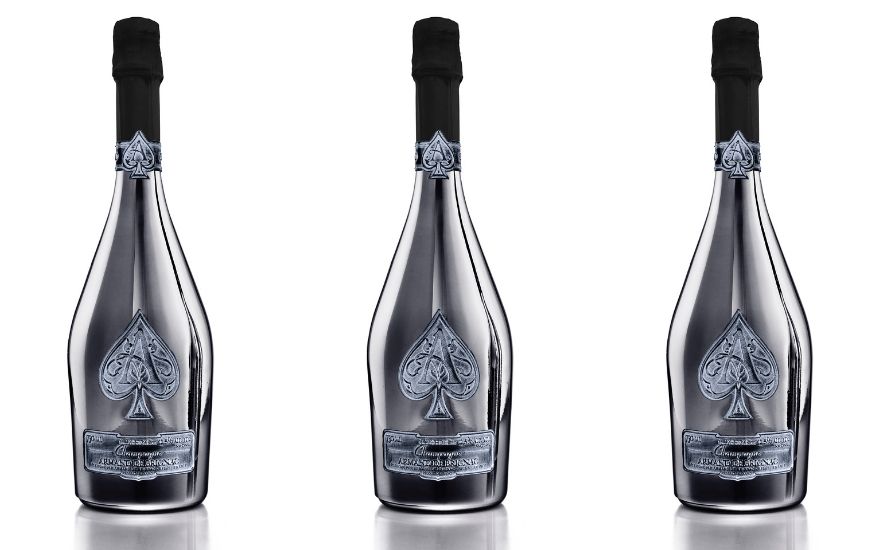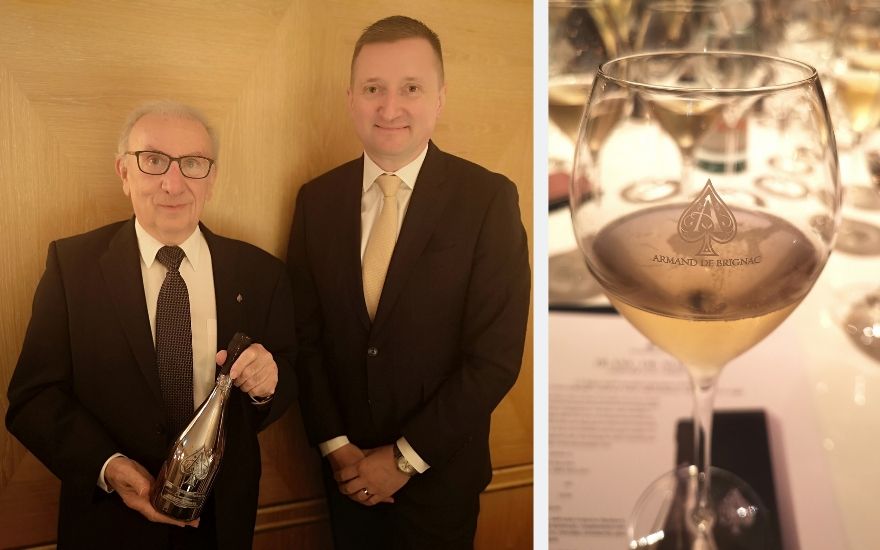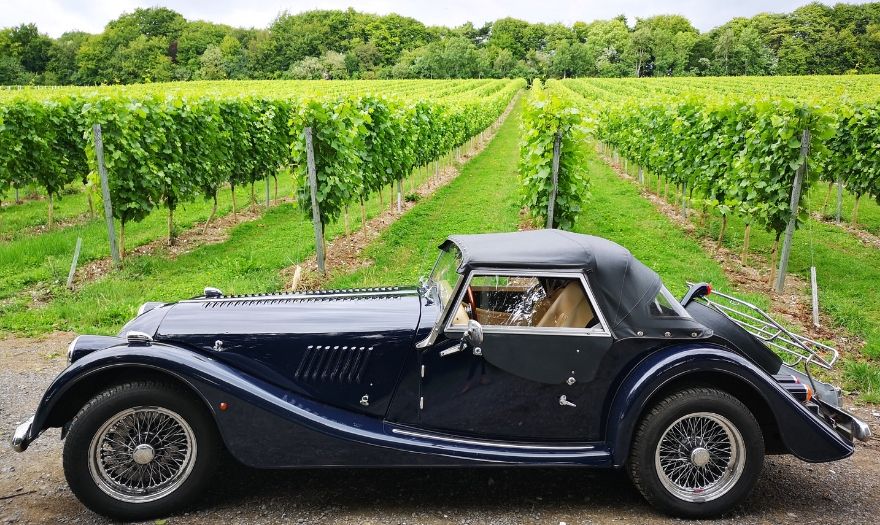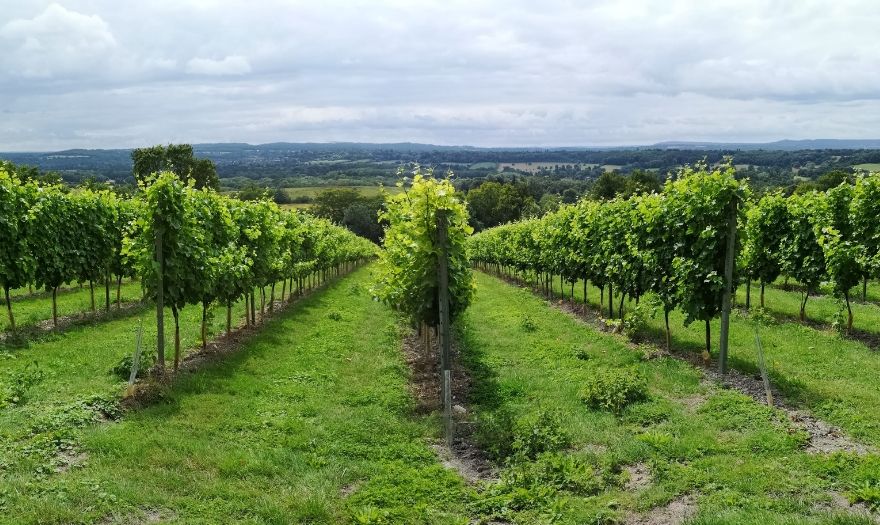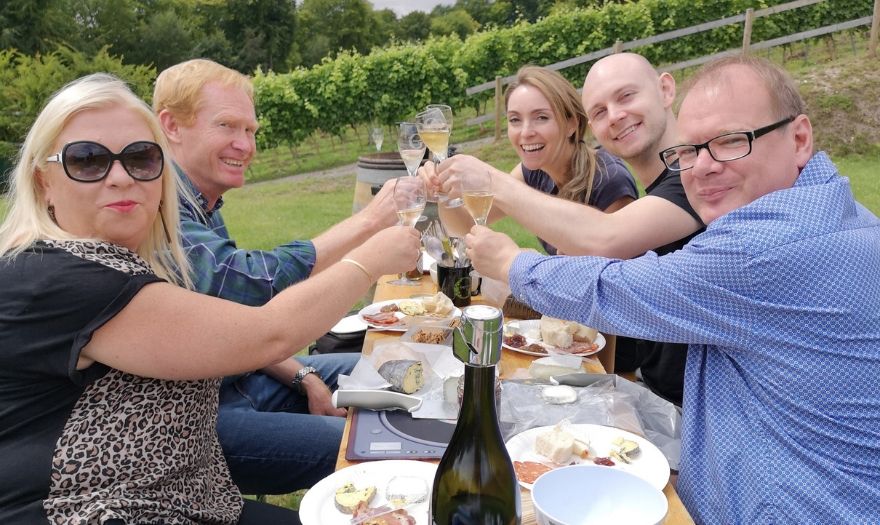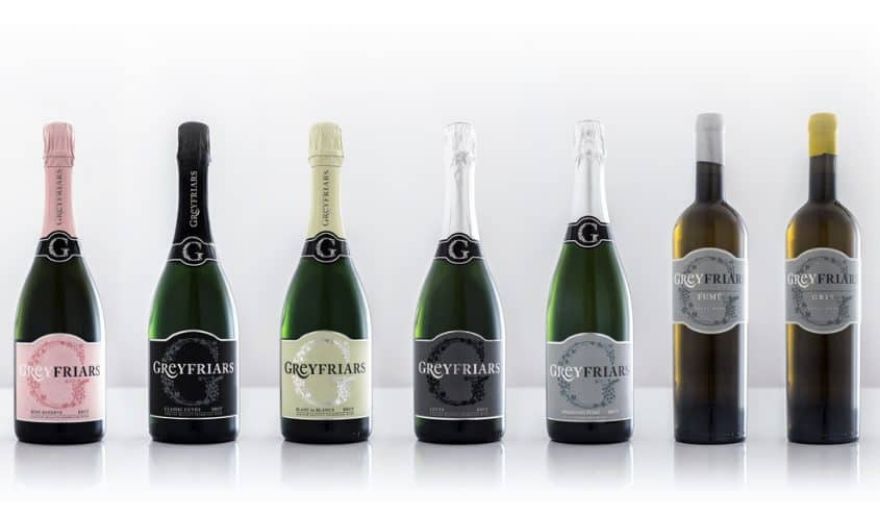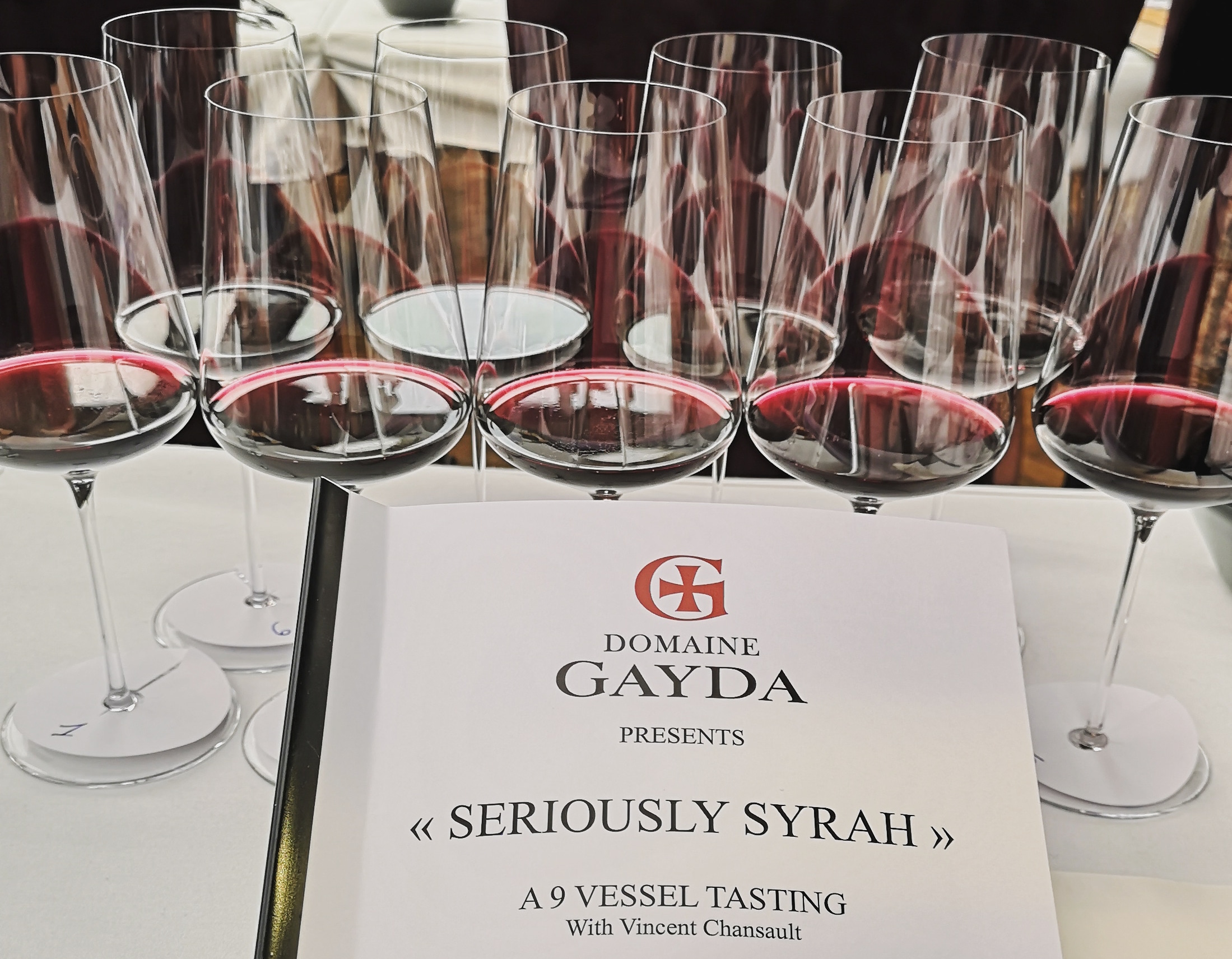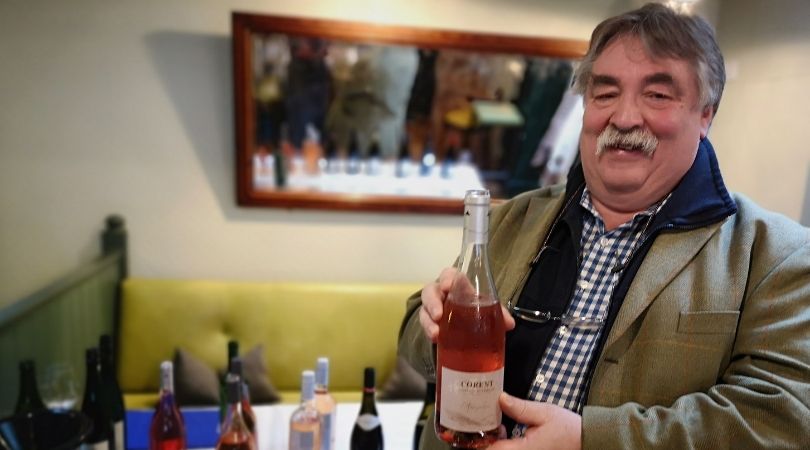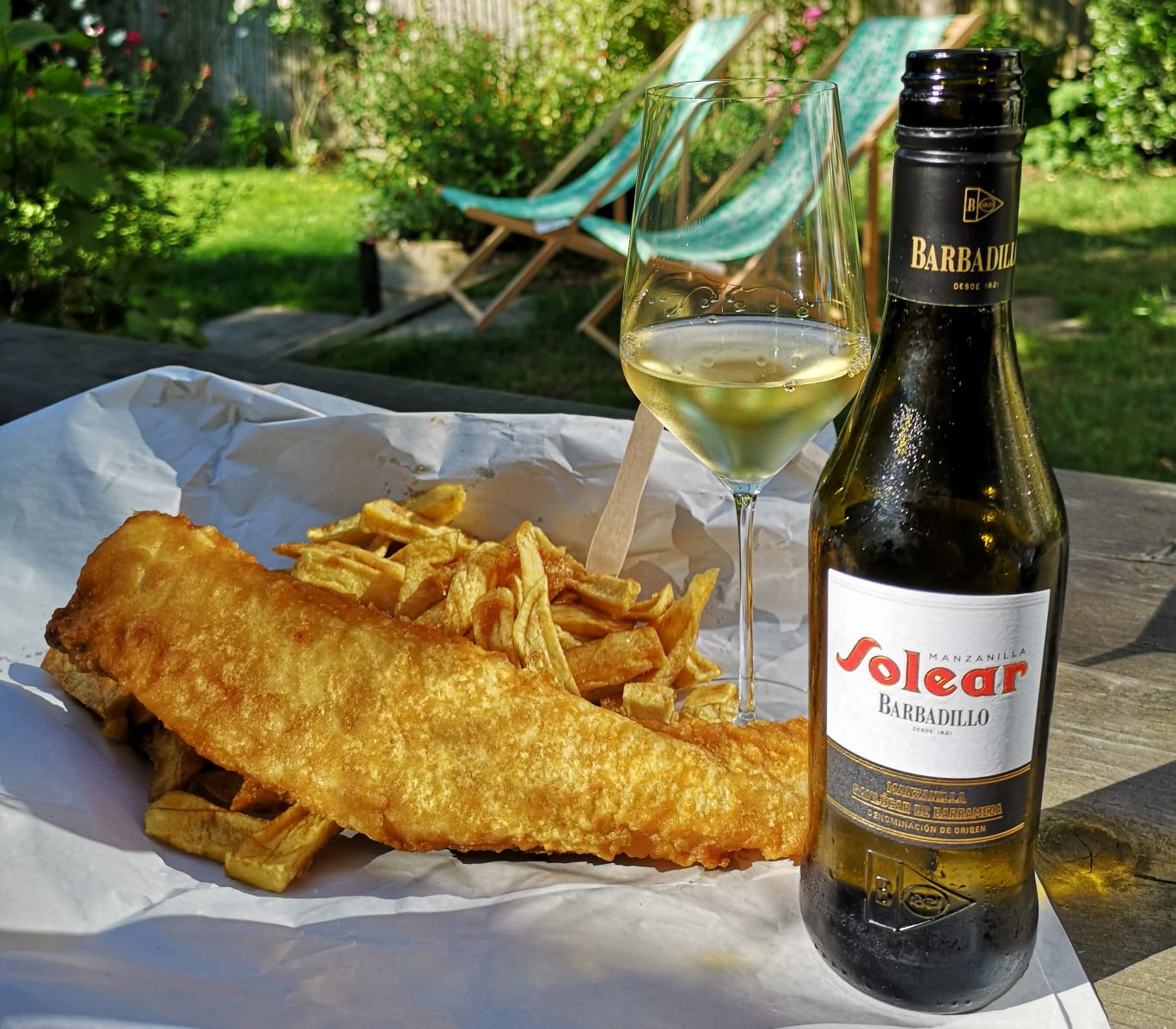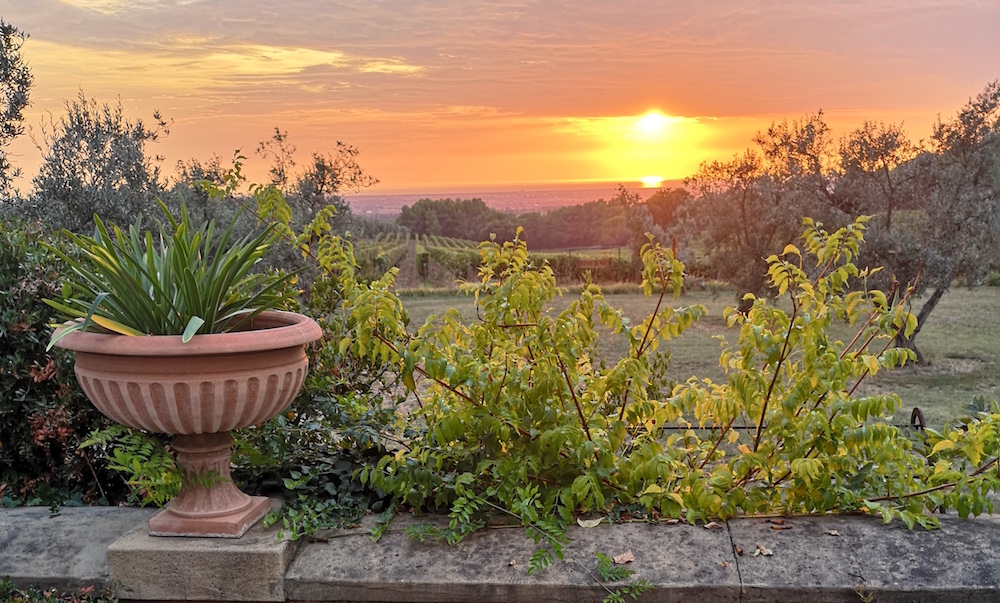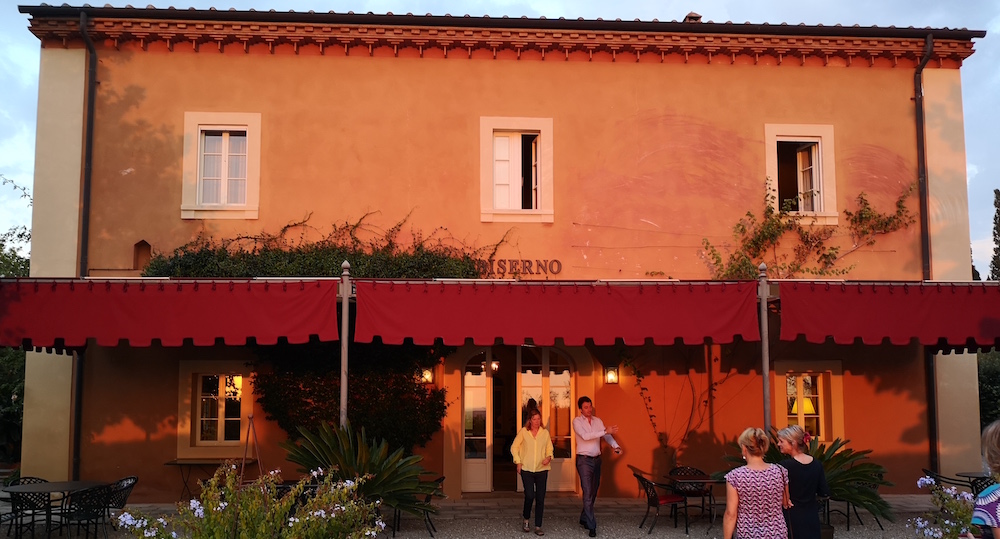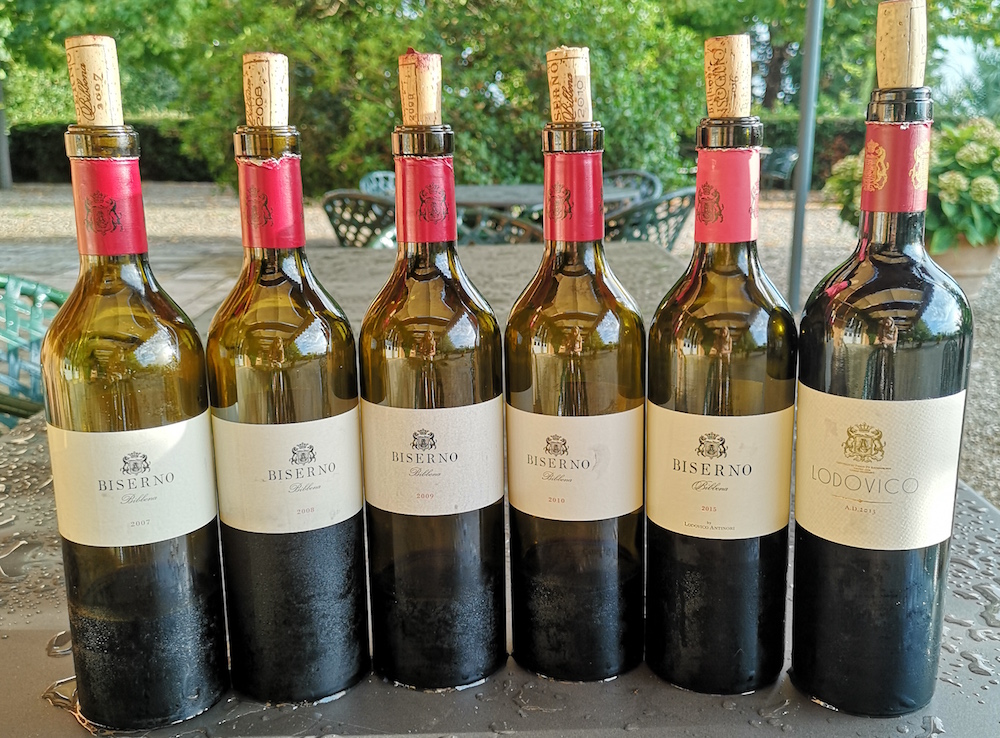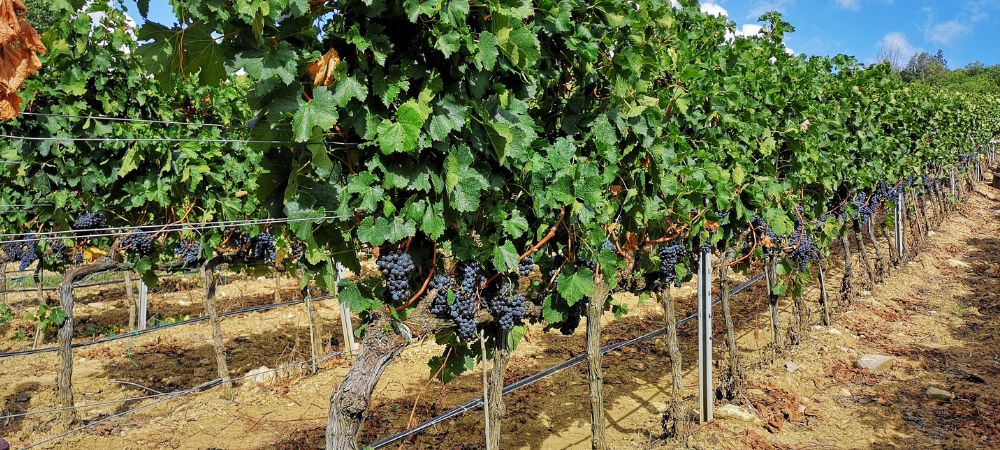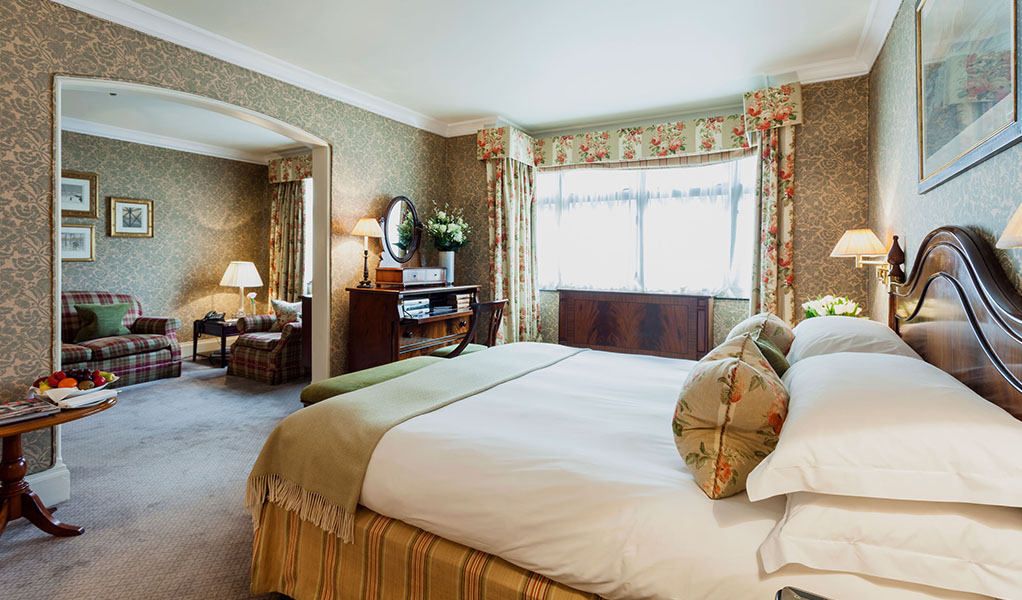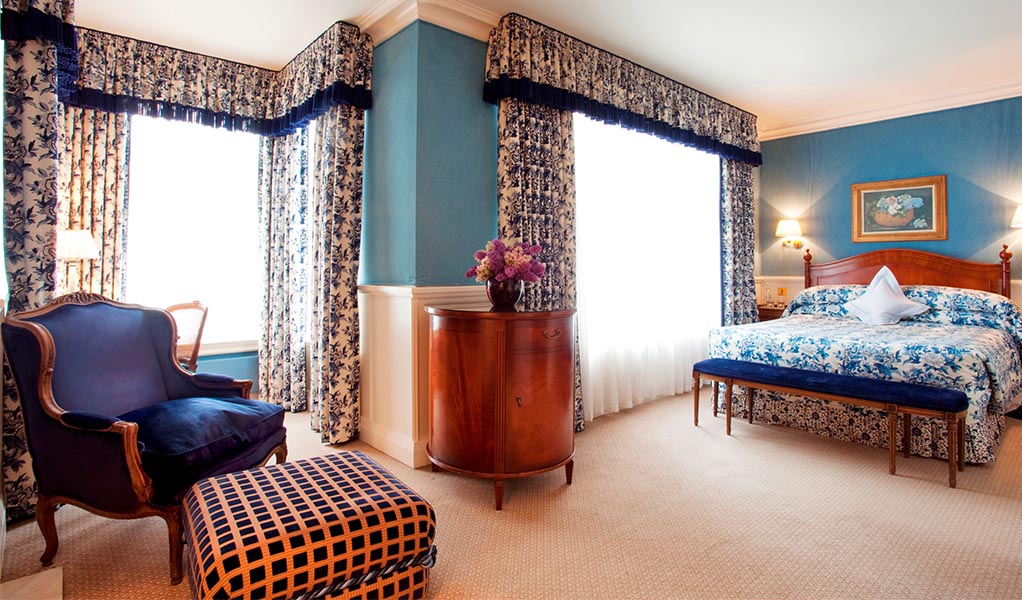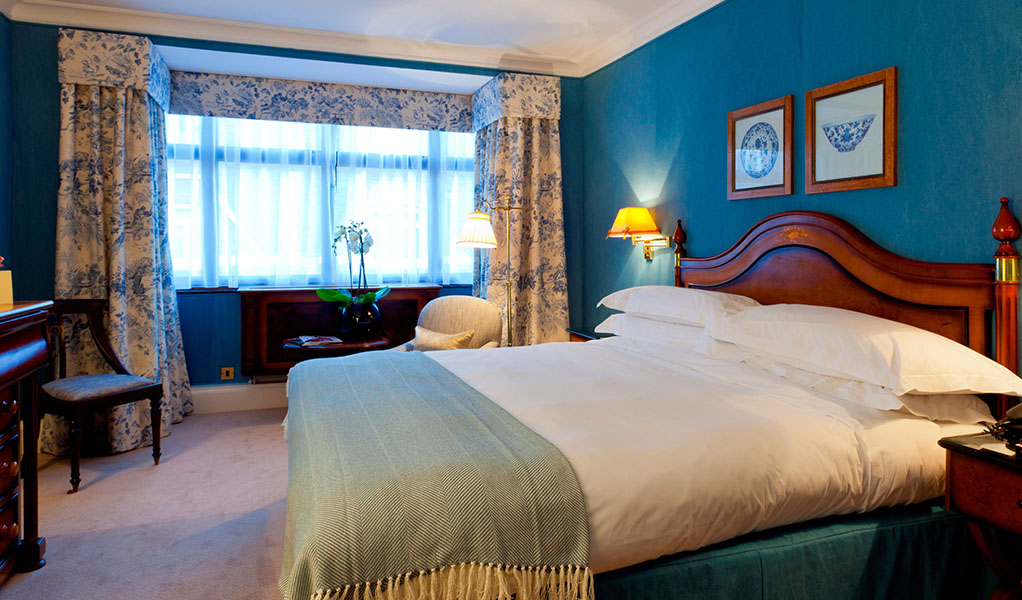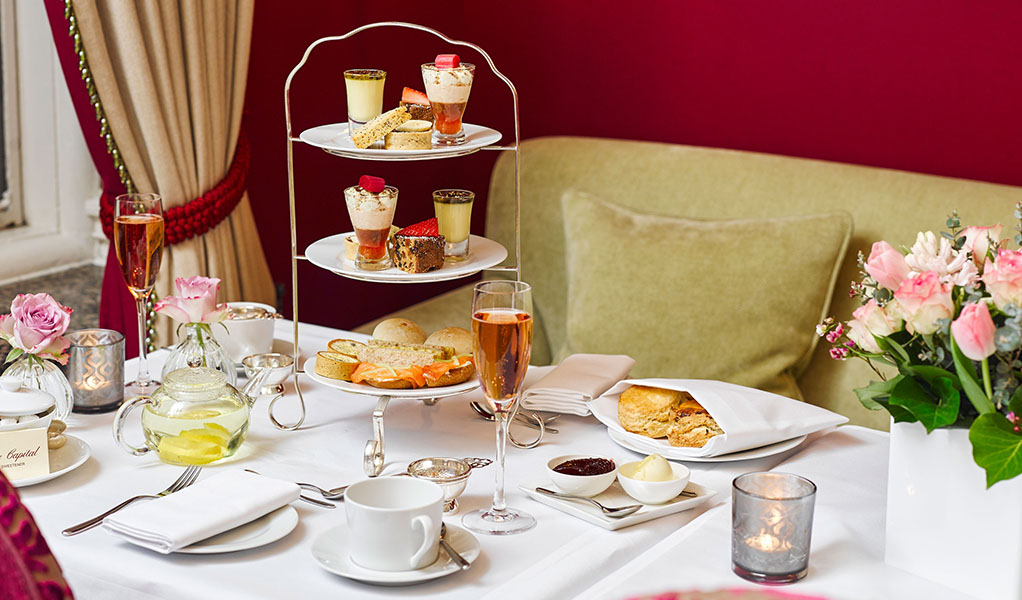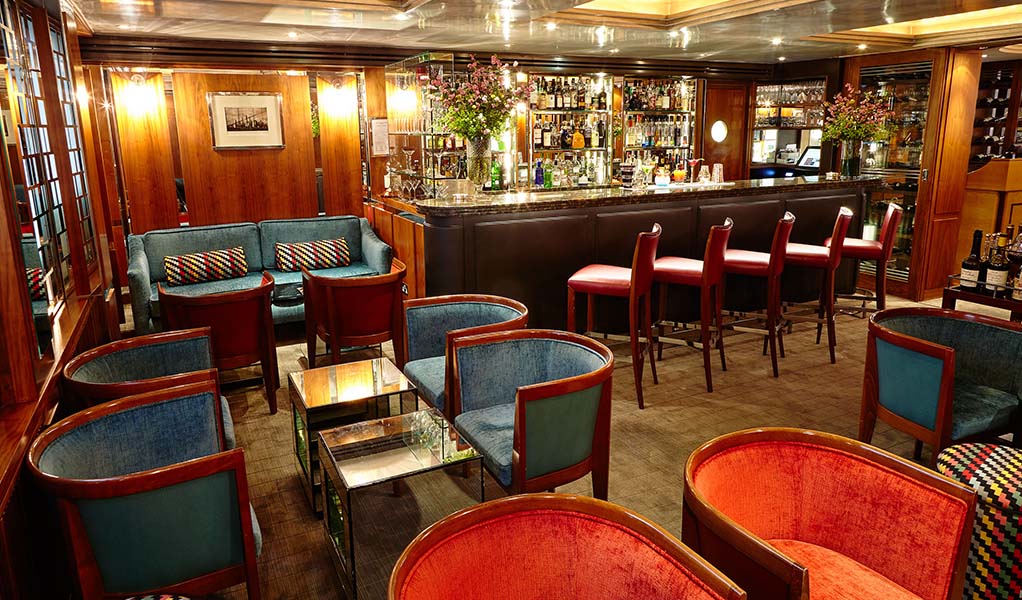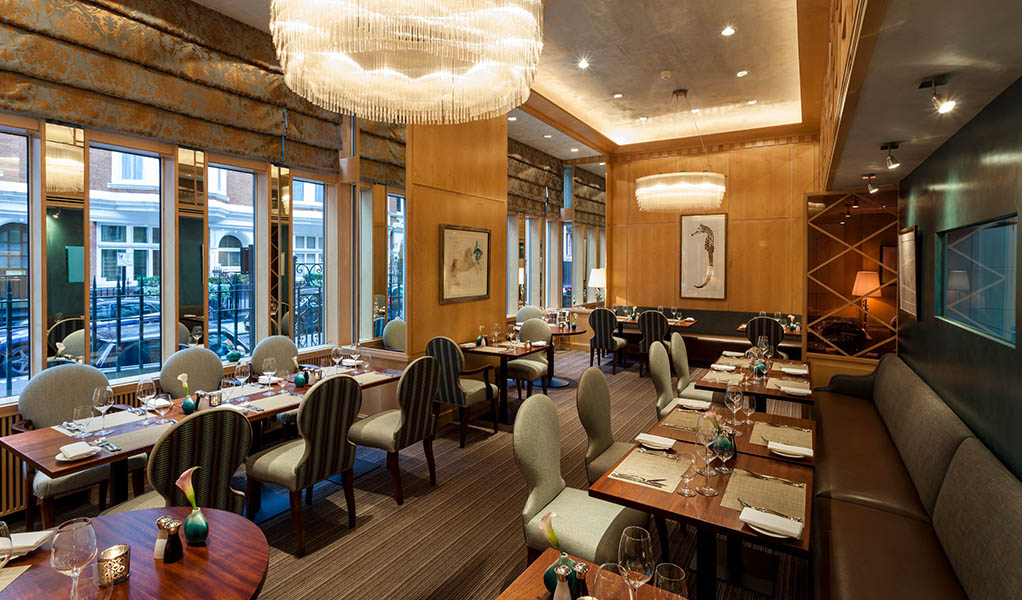If you don’t know Armand de Brignac champagne by name, you will certainly know it by sight. With five cuvées (styles) in the range, you’ll spot them a mile off in their iconic, metallic gold, silver, pink, purple and platinum-coloured bottles. Yes, it’s the brand owned by rapper Shawn ‘JAY-Z’ Carter, but it’s worth noting that these ‘ultra-prestige’ champagnes have been crafted by the Cattier family, who have been making wine in and around the Montagne-de-Reims for thirteen generations, so they know a thing or two.
These champagnes command the highest prices as they are made in tiny quantities, using extremely selective methods and meticulous attention to detail. Without the pressures of creating huge volumes, they say they are free to craft the most ‘perfect’ wines possible. Armand de Brignac only use the first half of the first press of grapes for their cuvées (the best bit). In the case of the Blanc de Noirs however, they use only the first third of the first press, meaning it takes even more grapes to craft a single bottle.
Armand de Brignac, Blanc de Noirs ‘A3’
The Blanc de Noirs ‘Assemblage 3’ (A3) is only the third Blanc de Noirs Armand de Brignac have ever produced, the first being released in 2015. Only 3535 bottles of this release were created and each is inscribed with its own number. Like the other four cuvées in the range, A3 is a blend of three vintages: 2009, 2010 and 2012 and as the name ‘Blanc de Noirs’ suggests, is made with only red grapes: 100% Pinot Noir in this case - no Pinot Meunier, the other red grape that would have been permitted. Winemaker Jean-Jaques Cattier says the following of this wine:
“Because of the power that comes from using 100% red fruit, it can be a challenge to achieve a balanced Blanc de Noirs… Using only parcels of only the very best Pinot Noir, we’re able to meticulously balance the acidity and sugar, achieving a Blanc de Noirs style with integrity to the powerful style, but with balance and texture.”
Winemaker Jean-Jacques Cattier with Armand de Brignac CEO Sebastien Besson
What does Armand de Brignac Blanc de Noirs A3 taste like?
With an attractive, copper- gold hue, this is a champagne that is understated when first poured, but opens up quickly and changes with every sip, each time offering a new note you hadn’t spotted before. Exceptionally complex, it gives rich brioche notes with crisp, red apple skin and blackcurrant leaf flavours. There’s a subtle vanilla pastry creaminess and a light citrus finish that really lifts the wine and balances the richness and power. A gastronomic wine at its finest and the ‘yin’ to Armand de Brignac’s Blanc de Blanc ‘yang’.
What to eat with A3?
The complexity and power of this extraordinary champagne means it will suit many fine dining dishes, both sweet and savoury. The house suggests foie gras, lamb tagine with apricots, spiced rack of lamb and Clafoutis with fresh, dark fruits. Now we’re hungry!
A3 Fact & Figures
Grapes: 100% Pinot Noir
Villages grapes sourced from: Bouzy, Verzenay, Chigny-les-Roses,Ludes & Rilly-la-Montage.
Multi Vintage: Base of 2012 with 2010 and 2009
Number of bottles produced: Only 3535
Disgorgement date: April 9th, 2019
Dosage: 8g/l
ABV: 12.5%
Sizes available: 750ml only
Drinking window: Drinking now but can be kept until 2030 in the right conditions.
RRP: £1,095 per bottle.
Stockist: Available exclusively from Harrods from Sept 19th until November 16th
By Helena Nicklin


